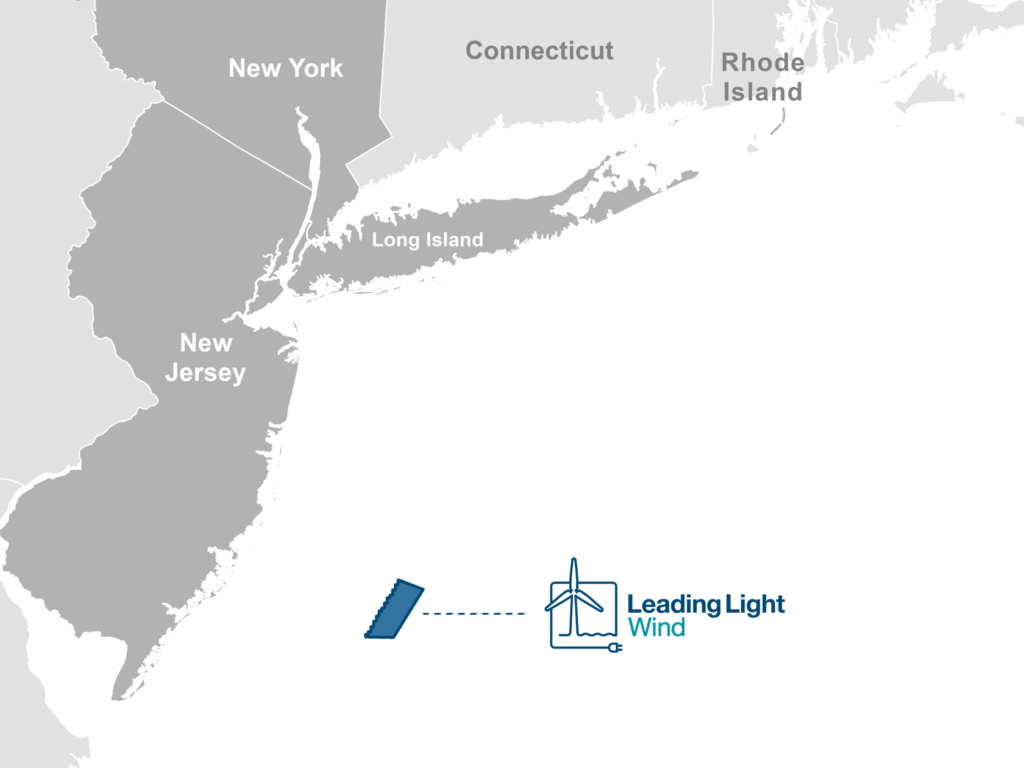Invenergy Wind Offshore (Invenergy) has requested a delay from the New Jersey Board of Public Utilities (NJBPU) until late December for its proposed 2.4 GW offshore wind project near Long Beach Island. In a July filing, the company, which is developing the wind farm with energyRe, cited challenges in finding a wind turbine supplier.
Leading Light Wind was one of two projects selected in January by the state utilities board.
Invenergy initially planned to use the Haliade-X 18 MW wind turbine, which the company believed would offer notable benefits compared to existing turbines. Due to its larger size, the turbine would require fewer units and platforms, potentially leading to cost savings and efficiencies in labor, construction, and maintenance, according to the company’s filing.
Just three weeks after NJBPU issued the approval, one of the three major wind turbine manufacturers, GE Vernova, announced it would not build the wind turbine Invenergy expected to use in the Leading Light Wind project.
By the time of the formal GE announcement, Invenergy said it was already actively engaged in discussions with Siemens Gamesa Renewable Energy (SGRE) around the turbine supply proposal it had previously provided to the company for the 2.4 GW project.
In June 2024, SGRE notified Invenergy that it was “substantially” increasing the cost of its turbine offering.
Another wind turbine manufacturer, Vestas, was deemed unsuitable for the project for various cost and technical factors, according to the company’s filing.
As a result of these actions, Invenergy is currently without a viable turbine supplier for Leading Light Wind, the company stated in its filing.
Consequently, Invenergy requested a delay from NJBPU until 20 December 2024 to provide the developer additional time to engage with equipment manufacturers, explore cost-effective market options, and review them with the board staff and the Division of Rate Counsel.
The Leading Light Wind project, planned to be built more than 40 miles off Long Beach Island, is not the only offshore wind project impacted by volatility in the equipment market, Invenergy said in its filing.
In April 2024, the New York State Energy Research and Development Authority (NYSERDA) cancelled three proposed wind projects being developed by Attentive Energy, Community Offshore Wind, and Excelsior Wind due, in large part, to their reliance on the 18 MW turbine, according to the filing.
Almost a year ago, Danish renewable energy developer Ørsted abandoned plans for two offshore wind farms off the coast of New Jersey, saying additional supplier delays further impacted the project schedule and led to another significant project delay.

ADVERTISE ON OFFSHOREWIND.BIZ
Get in front of your target audience in one move! OffshoreWIND.biz is read by thousands of offshore wind professionals daily.
Follow offshoreWIND.biz on:
Original Story at www.offshorewind.biz
